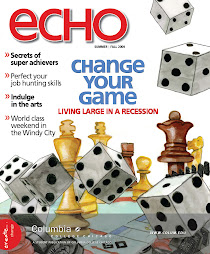
I was raised with coffee. I think my mom mixed coffee with the milk in my bottle when I was a toddler.
So Florence is a paradise to me; coffee shops everywhere.
When I came to grad school in the US my coffee experience kind of sucked. Back in the early 90s coffee was weak and bitter. My Mexican friend used to call it “sock water.” I am very glad for the Starbucks revolution.
But there is a difference in Florence, well, in Italy. People drink a lot of coffee but in small —and strong— amounts. Don’t look for the tall, grande or venti versions. I haven’t been able to find them.
Coffee, call it espresso, macchiato, corto, lungo, cappuccino, ristretto, caffè latte, come in small cups, and if you have it sitting down at a coffee bar, at more expensive prices. Yes, sitting down in a café costs more money. I guess you are using the little space they have available in this old city.
Taking a rest during one of these tiring days walking around the city looking for unusual images I had an espresso at a coffee bar in Piazza di Santo Spirito, on the Oltrarno (the other side of the Arno river.) 2.50 Euro. Do the math. $4.25 dollars for a shot of coffee. If you go to the famous Caffè Gilli in
Piazza della Repubblica you would be paying 4 euro. Ouch.
So, I have my “venti” caffe latte at home every morning, much cheaper and fulfilling. Or in moments of “need” for that extra oomph, I pay 30 Euro cents for a macchiato, from a coffee machine at the Lorenzo de’ Medici school.
Don’t cringe. The coffee is decent despite coming in a plastic cup.














